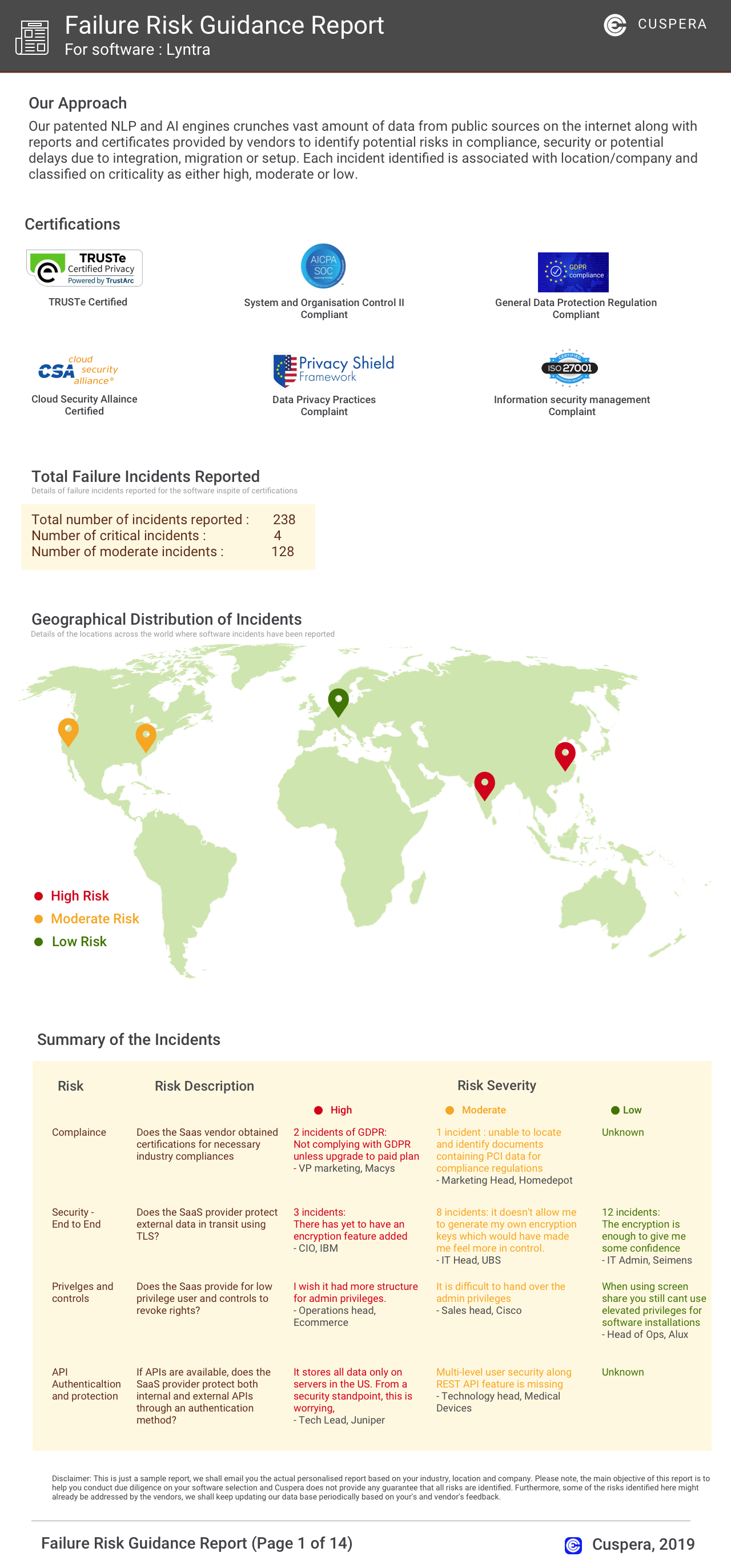TTEC Overview
TTEC specializes in crafting transformative customer experience (CX) solutions, integrating AI-first technology with human interaction. The company offers a comprehensive suite of services, including contact center operations, technology, and managed services, tailored to enhance customer engagement and drive growth. TTEC's expertise spans across leading CX technology platforms, providing businesses with flexible and innovative strategies. Their solutions are designed to align with unique brand needs, ensuring personalized customer interactions. The focus on AI-enhanced services and revenue generation highlights TTEC's commitment to delivering impactful CX strategies.
Use Cases
Customers recommend Engagement Management, Lead Qualification: Technographic, Lifetime Value Management, as the business use cases that they have been most satisfied with while using TTEC.
Business Priorities
Enhance Customer Relationships and Acquire Customers are the most popular business priorities that customers and associates have achieved using TTEC.
TTEC Use-Cases and Business Priorities: Customer Satisfaction Data
TTEC's features include Personalization, Gamification, and Bot. and TTEC support capabilities include AI Powered, 24/7 Support, Email Support, etc. also TTEC analytics capabilities include Custom Reports, and Analytics.
Reviews
"...The Company provides its outcome-based customer engagement solutions through TTEC Digital which designs and builds customer experience consulting and technology solutions and TTEC Engage which operates customer care, growth and trust and safety services...." Peer review
TTEC is a global leader in customer experience technology and services. They focus on designing, implementing, and delivering exceptional CX solutions.
Popular Business Setting
for TTEC
Top Industries
- Financial Services
- Retail
- Media Production
Popular in
TTEC is popular in Financial Services, Retail, and Media Production and is widely used by
TTEC Customer wins, Customer success stories, Case studies
How does TTEC facilitate Engagement Management?
What benefits does TTEC offer for Lead Qualification: Technographic?
How can TTEC enhance your Lifetime Value Management process?
How efficiently Does TTEC manage your Loyalty Management?
How does TTEC address your Contact List Management Challenges?
11 buyers and buying teams have used Cuspera to assess how well TTEC solved their business needs. Cuspera uses 509 insights from these buyers along with peer reviews, customer case studies, testimonials, expert blogs and vendor provided installation data to help you assess the fit for your specific business needs.
Frequently Asked Questions(FAQ)
for TTEC
What is TTEC used for?
What are the top features of TTEC?
Who uses TTEC?
What are TTEC alternatives?
Where is TTEC located?
TTEC Competitors
TTEC Features
- Low
- Medium
- High
| FEATURE | RATINGS AND REVIEWS |
|---|---|
| AI Powered | Read Reviews (27) |
| Custom Reports | Read Reviews (84) |
| Analytics | Read Reviews (58) |
| CAPABILITIES | RATINGS AND REVIEWS |
|---|---|
| AI Powered | Read Reviews (27) |
| Custom Reports | Read Reviews (84) |
| Analytics | Read Reviews (58) |
Software Failure Risk Guidance
?for TTEC
Overall Risk Meter
Top Failure Risks for TTEC
TTEC Holdings, Inc. News
TTEC Expands Ops in Egypt Following Global Offshoring Summit Engagement
TTEC announced a significant expansion of its operations in Egypt following the 2025 Global Offshoring Summit. The company signed an MOU with Egypt's ITIDA to scale its Cairo operations, planning to add 3,500 employees by 2029. This expansion will enhance TTEC's ability to deliver AI-enhanced customer experience services and establish Cairo as a global hub for digital services.
TTEC Digital recognized as the 2025 Microsoft Dynamics 365
TTEC Digital has been awarded the 2025 Microsoft Dynamics 365 Service Partner of the Year for its excellence in innovation and implementation of customer solutions using Microsoft technology. This recognition highlights TTEC Digital's commitment to AI-enabled customer experience solutions and marks its 10th consecutive membership in the Microsoft Inner Circle for AI Business Solutions.
Fast-Forward to 2026: TTEC Reveals the Next Big Shifts in Customer Experience
TTEC released its 2026 CX Trends report, highlighting five key shifts in customer experience: mainstream adoption of agentic AI, the importance of tech stack clarity, precision in personalization, reimagined empathy balancing AI and human interaction, and resilience to economic and workforce challenges. The report emphasizes integrating technology with human expertise for improved customer engagement.
TTEC Announces Third Quarter 2025 - GlobeNewswire
TTEC reported its third quarter 2025 financial results, with revenue of $519.1 million and a net loss of $11.1 million. The company highlighted the addition of significant new clients and expanded relationships in its TTEC Engage and TTEC Digital segments. TTEC also extended its credit facility term to November 2027. Despite a decline in profitability, the company remains optimistic about future growth driven by AI-enabled CX solutions.
TTEC Holdings, Inc. Profile
Company Name
TTEC Holdings, Inc.
Company Website
https://www.ttec.com/HQ Location
9197 South Peoria Street Englewood, Colorado, U.S.A.
Employees
1-10
Social
Financials
IPO









